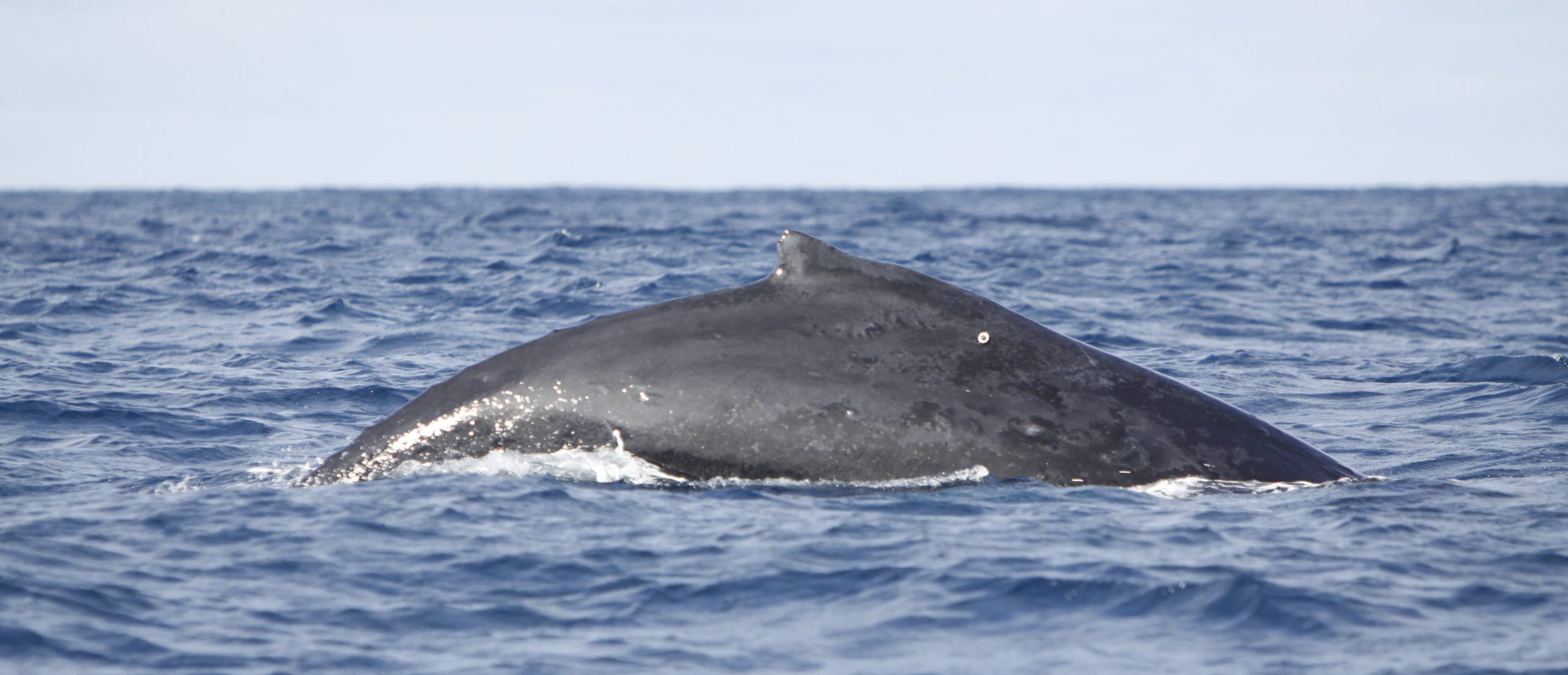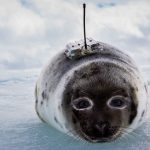← Back
Argos helps in tracking where humpback whales feed

Humpback whales are long-range migrators, on the recovery after heavy whaling during more than 150 years. Understanding where they feed in the polar oceans, and why they might choose an area rather than another is helped by Argos telemetry tracking.
Populations recovering from whaling, but not the same everywhere
Since the early 19th century humpback whale (Megaptera novaeangliae) populations were hunted to near extinction; overhunting of whales was already a concern at the time when J. Verne wrote 20,000 leagues under the sea’ in 1869. Following a moratorium on whaling in 1966, the populations are recovering, but they are still threatened by various human activities such as entanglement in fishing gear, collisions with ships, and noise pollution. The Oceania humpback whales, comprising whales from multiple sub-populations spanning from New Caledonia to French Polynesia, are estimated to be less than half of their pre-exploitation numbers and recovering slower than the neighboring east Australian population.
More info about marine animals tracking
Long-range migrators
Humpback whales feed on krill in the polar waters during summer, and breed in the tropical oceans during winter, relying on their stored energy reserves to support breeding and the long-distance migration. The cues that the whales use to navigate between their feeding and breeding grounds are still not fully understood. With such far-ranging migrations in remote waters, especially in the polar areas, the only feasible way of better understanding their travels is to use satellite telemetry transmitters, such as Argos.
But knowing where they have been is just the beginning. Using probabilistic movement models on Argos-transmitted locations can help to identify different behaviors – when they are “looking around” in search of food (Area Restricted Search, which can also be indicative of resting or breeding), or going from one foraging area to another (transiting). These behaviors can then be related to environmental variables such as sea surface height, surface currents, sea ice concentration and distance to the ice edge, keeping in mind an important lag effect in the ice edge dynamics.
Two foraging areas
Two major foraging areas were thus identified for Oceania humpback whales, one within the Amundsen and Bellingshausen Seas (right on the figure), and another north of the Ross Sea (left on the figure). The two areas likely have different prey dynamics and distribution, which vary within the summer feeding season. In the Amundsen and Bellingshausen Seas, the whales were foraging mostly near the continental shelf break and near the ice edge, where high densities of krill are expected to be found. North of the Ross Sea the whales were located in a reported biodiversity hotspot. This suggests that the humpback whales utilize different environmental cues, with some cues being of greater importance for whales in one area than the other, and that behavioral plasticity is important for these animals. This could be to their advantage since the environmental conditions in the Southern Ocean are fast changing. Data on the Oceania whales across multiple years could help identify persistent patterns in the whales’ behavior to determine the role of memory and assess the stability of the two feeding areas over time.
References
- Leena Riekkola, Virginia Andrews-Goff, Ari Friedlaender, Rochelle Constantine, Alexandre N. Zerbini, Environmental drivers of humpback whale foraging behavior in the remote Southern Ocean, Journal of Experimental Marine Biology and Ecology 517 (2019) 1–12, https://doi.org/10.1016/j.jembe.2019.05.008
Photo : Humpback whale with tag (Credit University of Auckland)

![a whale and the boat used to equip it, taken during a campaign in 1990 (C. Moriaz) (from [Viale et al., 2019])](https://www.argos-system.org/wp-content/uploads/2022/02/whale-1-150x150.jpg)
